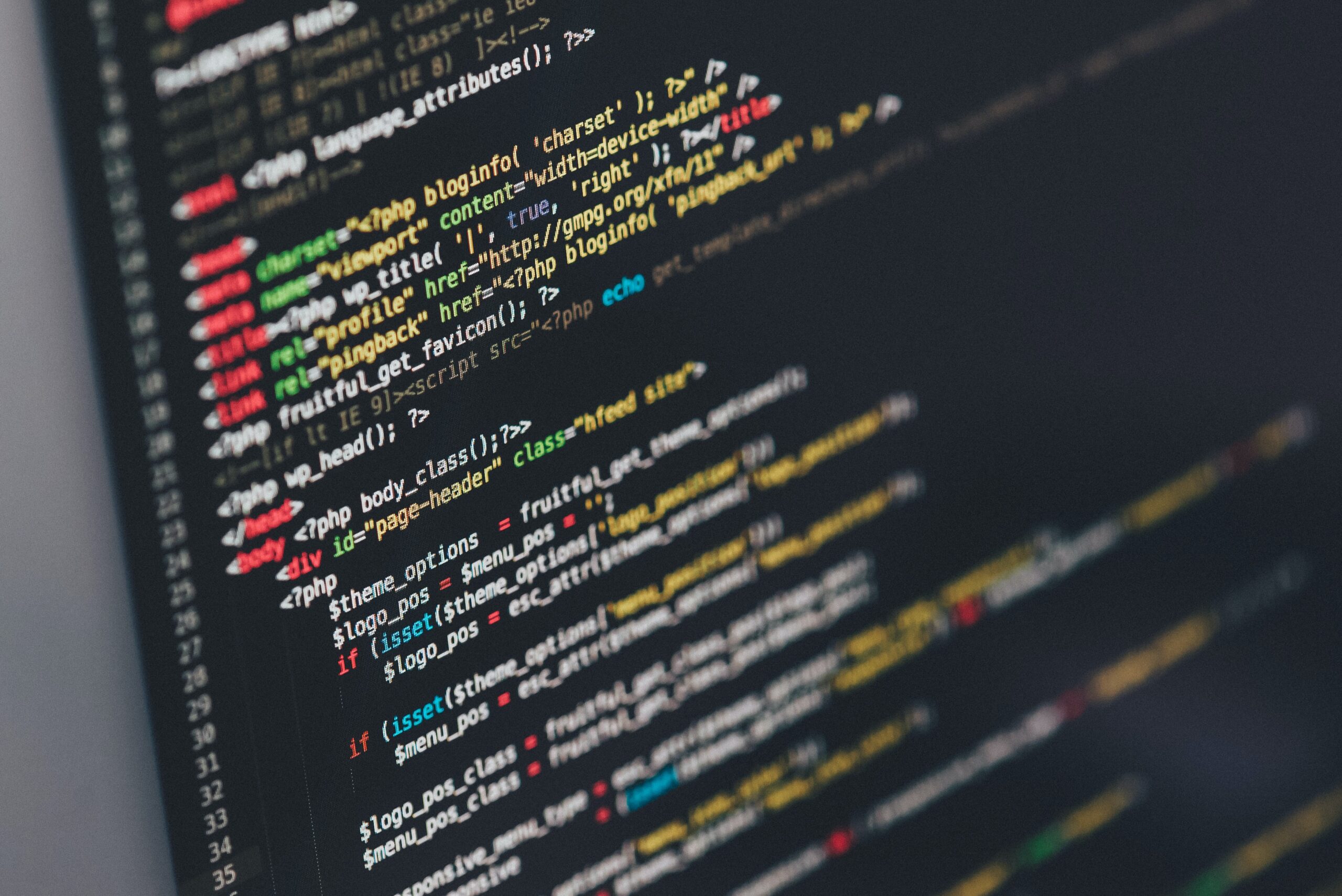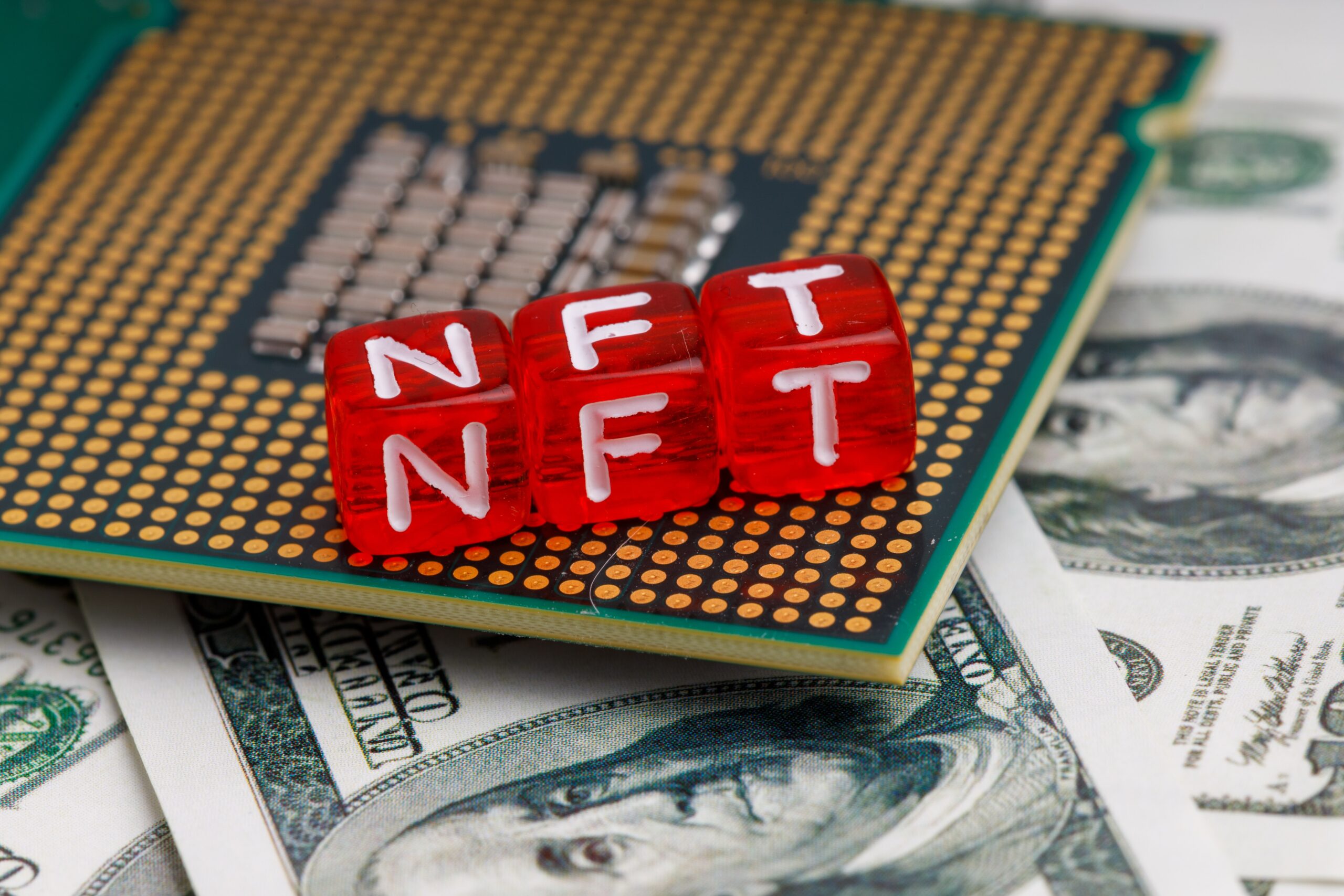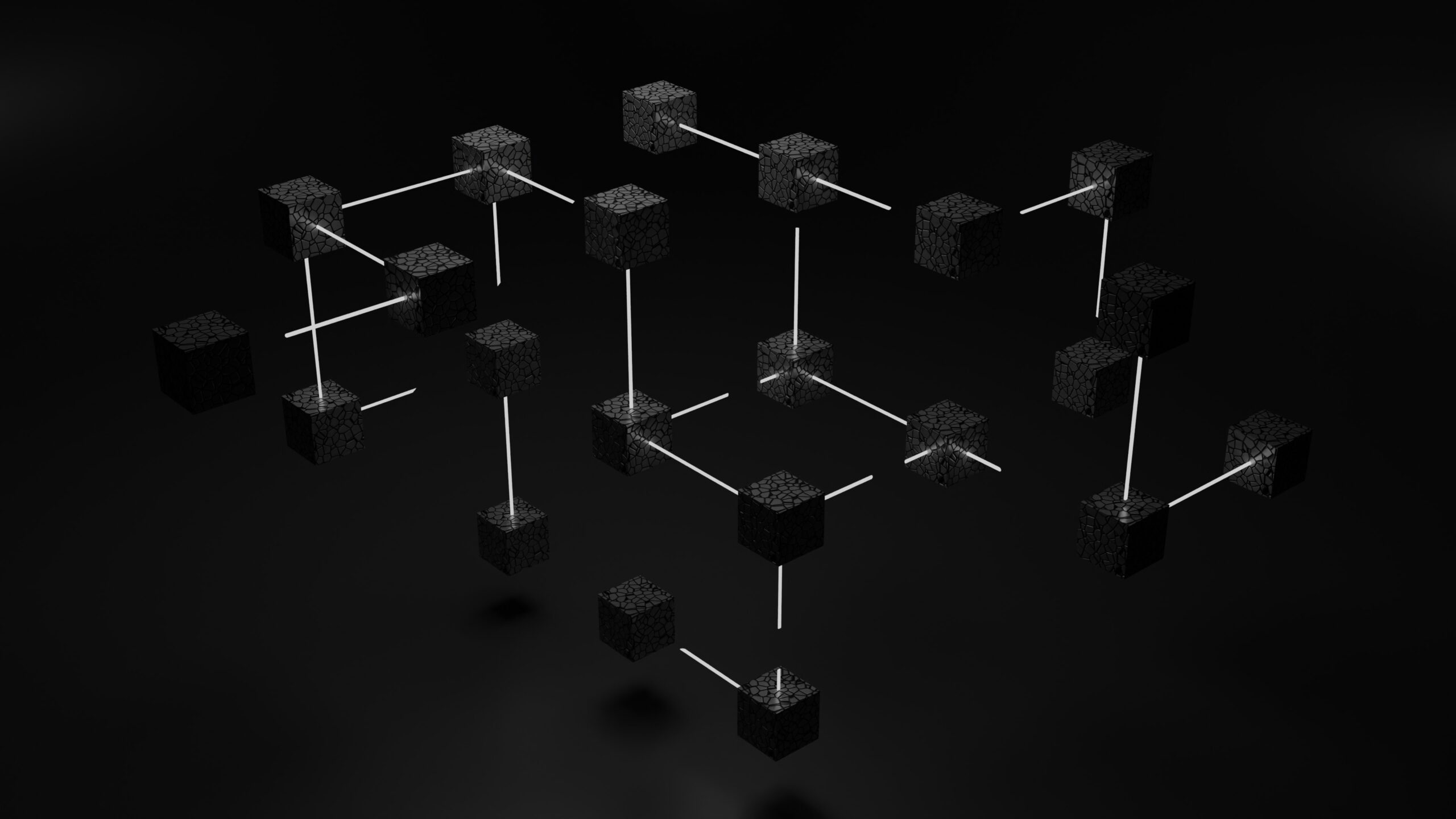With the advancement of blockchain technology, many ideas that were once only hypotheses are materializing. The “metaverse,” a virtual environment, is one of them. What impact will this world have on the global online marketplace and the conventional internet?
Neal Stephenson introduced the concept of the metaverse, a virtual world with all the possibilities of a real one, in his science fiction book “Snow Crash” back in 1992. The concept was only a pipe dream in the early 1990s, but has found new ground with the development of blockchain technology.
A completely functional economy inside the virtual world where you may buy and sell any virtual asset has been created thanks to cryptocurrencies and NFTs. A select few individuals have already been successful in making large sums of money by selling digital artwork, virtual properties, and other items. Unsurprisingly, many adamantly believe in blockchain and the metaverse.
Understanding Blockchain and the Metaverse
A virtual, online environment created using 3D technology is the “metaverse.” Modern technology developments like blockchain, augmented and mixed reality, non-fungible tokens (NFTs), and many more have a direct relationship to this concept.
Today, several blockchain-based platforms employ cryptocurrencies and NFTs, establishing an ecosystem for decentralized digital assets creation, ownership, and monetization. The idea of the metaverse is incomplete without blockchain because of the problems inherent to centralized data storage.
Because blockchain is a decentralized digital source that can operate worldwide, it fundamentally differs from the capabilities of the old internet, which naturally takes the shape of websites and apps. Any digital place may be accessed through the blockchain-based metaverse without the influence of a centralized authority.
Blockchain Unlocks the Metaverse’s Potential
The fundamental operating principles of the metaverse’s ecosystem have already been devised, even if there is still no singular notion of the metaverse. The concept itself is only partially implemented in initiatives like the Metaverse Facebook Horizon and Google Blocks.
Hardware and software are the two significant blocks of any metaverse. Users may comfortably engage with virtual or augmented reality thanks to the hardware component, which incorporates all common controllers. In the case of software, we’re referring to a digital setting where the user has access to the material.
The majority of those in the sector now concur that software should be built on blockchain technology, which stands for a secure decentralized database where independent nodes may communicate in a single, constantly updated network. Looking at blockchain technology’s key features makes it rather clear that it can satisfy the needs of the metaverse.
Security. The exabyte-scale data storage of the metaverse presents concerns about secure transmission, synchronization, and storage. The decentralization of data processing and storage nodes makes blockchain technology extremely pertinent.
Trust. Blockchain requires the existence of tokens, which are safe storage units capable of conveying things like encrypted personal data, virtual content, and authorization keys. Because sensitive data won’t be accessible to outside parties, the metaverse blockchain fosters greater user confidence in the ecosystem.
Decentralization. For the metaverse to work properly, all participants must view the same virtual reality. Blockchain-based decentralized ecosystems enable thousands of independent nodes to coordinate.
Smart contracts. Through these, relationships between ecosystem players inside the metaverse may be efficiently regulated in terms of economic, legal, social, and other factors. Additionally, smart contacts let you create and implement the fundamental guidelines for the metaverse’s governance.
Finance. Cryptocurrency may function as a reliable substitute for fiat currency because it is an essential component of a blockchain. It is also a valuable tool for settlement between parties in the metaverse.
Centralized ecosystems pose significant hazards to the development and operation of the virtual world. These include viruses, hacking, and even centralized decision-making that affects how the metaverse works. However, the dangers are reduced with blockchain technology, making it feasible to create a reliable virtual environment.
Blockchain Use Cases in the Metaverse
There are several use cases for blockchain in the metaverse.
Virtual Currency
One of the most apparent applications of blockchain technology in the metaverse is settlements. The time when consumers purchase in 3D is quickly approaching. We can be confident that cryptocurrencies will soon find uses in a decentralized environments since offline commerce is progressively giving way to internet businesses.
MANA, which is used to purchase virtual property in the game “Decentraland,” is one of the metaverse instances of how virtual currencies are utilized. Within this metaverse, agreements worth millions of dollars are already being signed, and this is only the beginning.
Users will soon be able to purchase virtual replicas of everything in the real world. This technology won’t be restricted to only video games. The rapidly growing Defi market might serve as a beta-testing environment for metaverse lending, borrowing, investing, and trading. As a result, the potential of cryptocurrencies is potentially limitless.
NFTs
Numerous analysts predict that non-fungible tokens will play a significant part in the metaverse. NFTs also have considerable potential for integration into any metaverse crypto initiatives involving the purchase of avatars, gaming assets, and other such items. Non-fungible tokens will soon be utilized as evidence of real estate ownership if this field keeps growing.
NFTs will ultimately be used as prizes in metaverse NFT games, instead of fungible tokens. Since practically every digital asset may be copied an infinite number of times, NFTs can assign value to specific digital assets. Only a certificate of ownership integrated into a digital object can verify the right of the legal owner.
Identity Authentication
Identity authentication in the metaverse is carried out similarly to how a social security number is assigned. The blockchain stores all information about a particular user, including their age, activities, appearance, and other traits. As a result, the metaverse becomes as transparent as possible and remains free from criminal activity.
Identity authentication also eliminates the chance that someone would use a fake name in a virtual environment to commit crimes.
Closing Thoughts
Blockchain technology is essential to the metaverse because it allows users to safeguard their digital assets in a virtual reality. Actual blockchain initiatives like “Axie Infinity” and “The Sandbox” emphasize this concept. They both concern the metaverse. By using a metaverse-based cryptocurrency, users may build and trade NFTs, as well as profit from the virtual economy.
Without blockchain technology, experts believe that the concept of a fully functional virtual environment cannot be realized. This is because, as we’ve mentioned, consumers must be allowed to safely own and sell their digital property by transferring assets between the platforms without a centralized authority’s consent.
Blockchain guarantees the economic efficiency and transparency of this metaverse. It is crucial to employ trustworthy algorithms while building a virtual reality replacing tangible assets with digital ones. In other words, the future is digital.
Disclaimer: The information provided in this article is solely the authors opinion and not investment advice – it is provided for educational purposes only. By using this, you agree that the information does not constitute any investment or financial instructions. Do conduct your own research and reach out to financial advisors before making any investment decisions.
The author of this text, Jean Chalopin, is a global business leader with a background encompassing banking, biotech, and entertainment. Mr. Chalopin is Chairman of Deltec International Group, www.deltecbank.com.
The co-author of this text, Robin Trehan, has a bachelor’s degree in economics, a master’s in international business and finance, and an MBA in electronic business. Mr. Trehan is a Senior VP at Deltec International Group, www.deltecbank.com.
The views, thoughts, and opinions expressed in this text are solely the views of the authors, and do not necessarily reflect those of Deltec International Group, its subsidiaries, and/or its employees.









